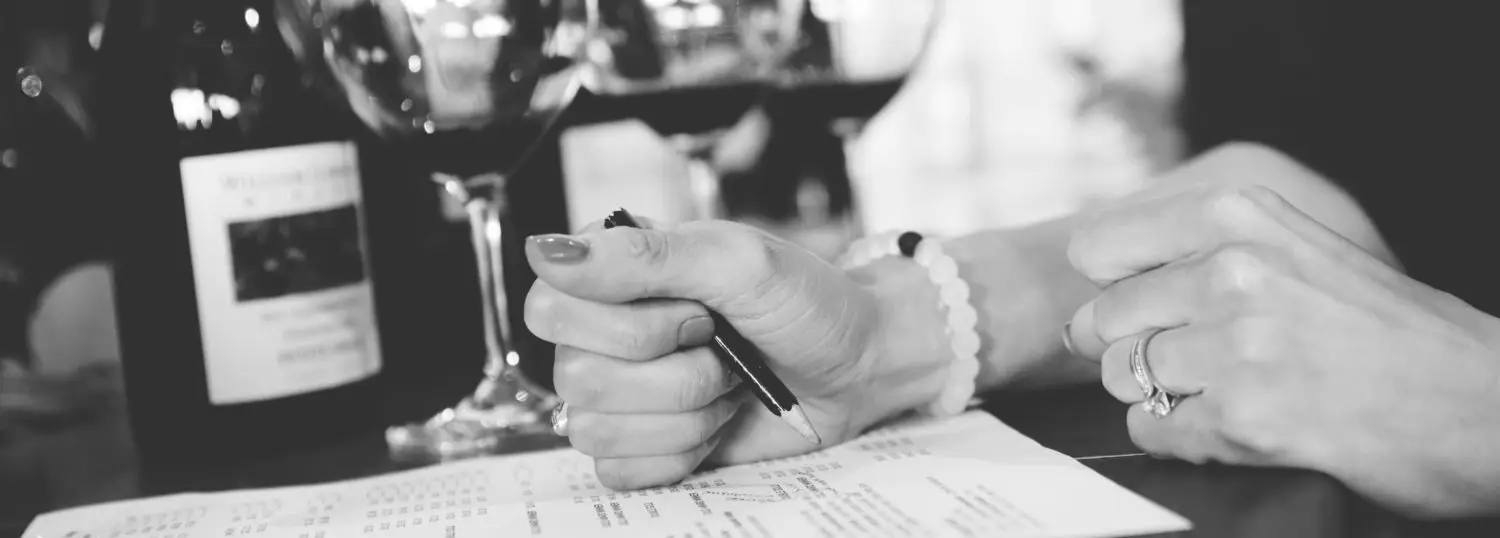“I love to talk – a lot! I also love to make wine – a lot! This label pays homage to the fact that every wine tells a story.” So reads Larry’s 2011 Verbiage Label. He’s a lover of words who’s eager to share the story of each vineyard, grape, bottle, and vintage. So it’s a heart-warming sentiment when, instead of describing Verbiage on the back of the bottle, he pauses, takes a step back, and acknowledges us as lovers of wine ourselves. “Share your story,” he says.
Searching for "syrah"
Fore Family 2013 Cobb Mountain GSM
I came across Fore Family Vineyards during my last excursion to Lake County. An enjoyable experience at the tasting room’s downtown Kelseyville location, I was intimately hosted by both Jim and Diane Fore. (To be honest, it was 11am on a rainy Saturday morning — no one in their right mind was out wine tasting that day.) I tasted through a full line up of their current releases, but it was this GSM Rhone-style blend that, to me, elegantly displayed what their unique plot of Lake County has to offer.
Workman/Ayer 2013 De Facto Red Wine
Workman/Ayer is the story of a couple who shares a passion for California Central Coast vines and wines. They’re an extremely boutique operation, with just 100 – 200 cases each of their current releases (which at the moment consists of one white and one red wine). So when Michel Ayer kindly sent me a bottle of each, I was eager to learn a bit more about the man and woman behind the bottle — and honored to taste what was inside.
Winery Review: Castoro Cellars
When visiting Paso Robles, you’re pretty much in Rhone Ranger town. Grenache, Syrah, Mourvèdre are as common here as Pinot Noir and Chardonnay are along the Sonoma Coast. But if you’re looking to break away from the Paso-norm, maybe try a few obscure varietals, and have some outdoors-y fun while you taste, then your next stop is the family owned and operated Castoro Cellars: You’re in for some “Dam Fine Wine.”
Crux Winery 2014 Mourvèdre
While attending the Crux Winery GSM Blending Trial, co-owner and winemaker Steve Gower said to us “Mourvèdre is a hard varietal to describe. If you can think of a good way to do it, let us know.” Challenge accepted, Steve.





